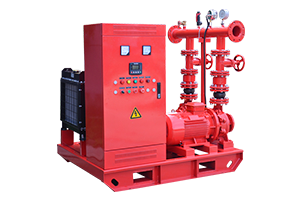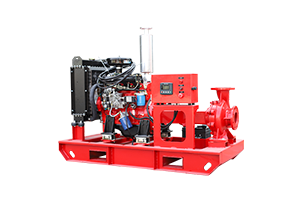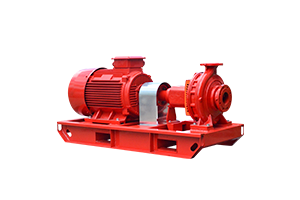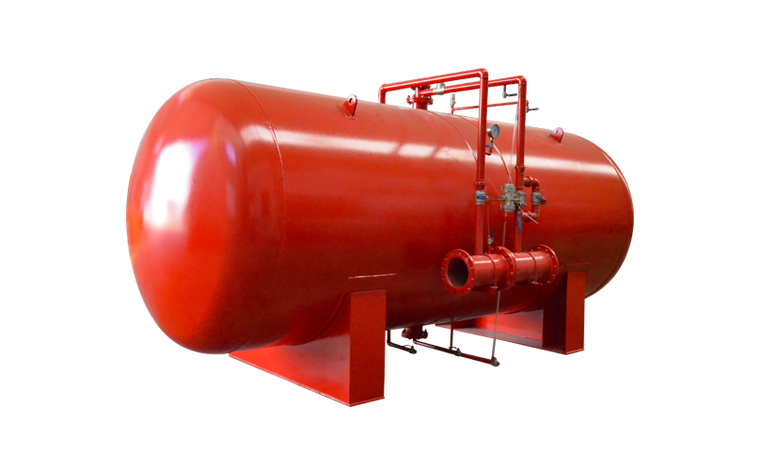-
 Aug 19, 2024How do fire pumps operate in environments with fluctuating water supply pressures?Fire pumps are designed to ensure consistent water pressure and flow for firefighting systems, even in environments where water supply pressures fluctuate. Here’s how they operate in such conditions:
Aug 19, 2024How do fire pumps operate in environments with fluctuating water supply pressures?Fire pumps are designed to ensure consistent water pressure and flow for firefighting systems, even in environments where water supply pressures fluctuate. Here’s how they operate in such conditions:
View details -
 Aug 19, 2024How do fire pumps accommodate high-pressure water mist systems?Fire pumps play a crucial role in accommodating high-pressure water mist systems, which are increasingly popular for fire suppression due to their efficiency and reduced water usage. Here's how fire pumps are adapted or selected for use with these systems:
Aug 19, 2024How do fire pumps accommodate high-pressure water mist systems?Fire pumps play a crucial role in accommodating high-pressure water mist systems, which are increasingly popular for fire suppression due to their efficiency and reduced water usage. Here's how fire pumps are adapted or selected for use with these systems:
View details -
 Aug 16, 2024What are the benefits of fire pumps with automatic start/stop features?Fire pumps with automatic start/stop features offer several benefits, making them a valuable addition to fire protection systems. Here are some of the key advantages:
Aug 16, 2024What are the benefits of fire pumps with automatic start/stop features?Fire pumps with automatic start/stop features offer several benefits, making them a valuable addition to fire protection systems. Here are some of the key advantages:
View details -
 Aug 16, 2024What is the role of fire pump acceptance testing in compliance?Fire pump acceptance testing is a crucial aspect of ensuring compliance with fire safety standards and regulations. The purpose of this testing is to verify that the fire pump system, including all its components, performs as designed under specific conditions. Here’s how it plays a role in compliance:
Aug 16, 2024What is the role of fire pump acceptance testing in compliance?Fire pump acceptance testing is a crucial aspect of ensuring compliance with fire safety standards and regulations. The purpose of this testing is to verify that the fire pump system, including all its components, performs as designed under specific conditions. Here’s how it plays a role in compliance:
View details -
 Aug 15, 2024What is the significance of routine fire pump flow testing?Routine fire pump flow testing is crucial for ensuring the reliability and performance of fire pumps in emergency situations. Here’s why it’s significant:
Aug 15, 2024What is the significance of routine fire pump flow testing?Routine fire pump flow testing is crucial for ensuring the reliability and performance of fire pumps in emergency situations. Here’s why it’s significant:
View details -
 Aug 15, 2024What are the benefits of fire pumps with automatic start/stop features?Fire pumps with automatic start/stop features offer several benefits, especially in critical situations where every second counts. Here are the key advantages:
Aug 15, 2024What are the benefits of fire pumps with automatic start/stop features?Fire pumps with automatic start/stop features offer several benefits, especially in critical situations where every second counts. Here are the key advantages:
View details






